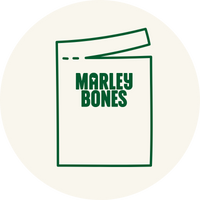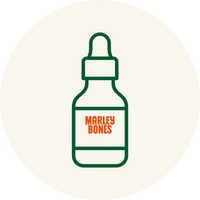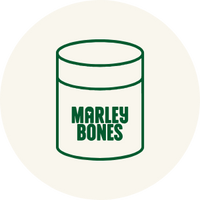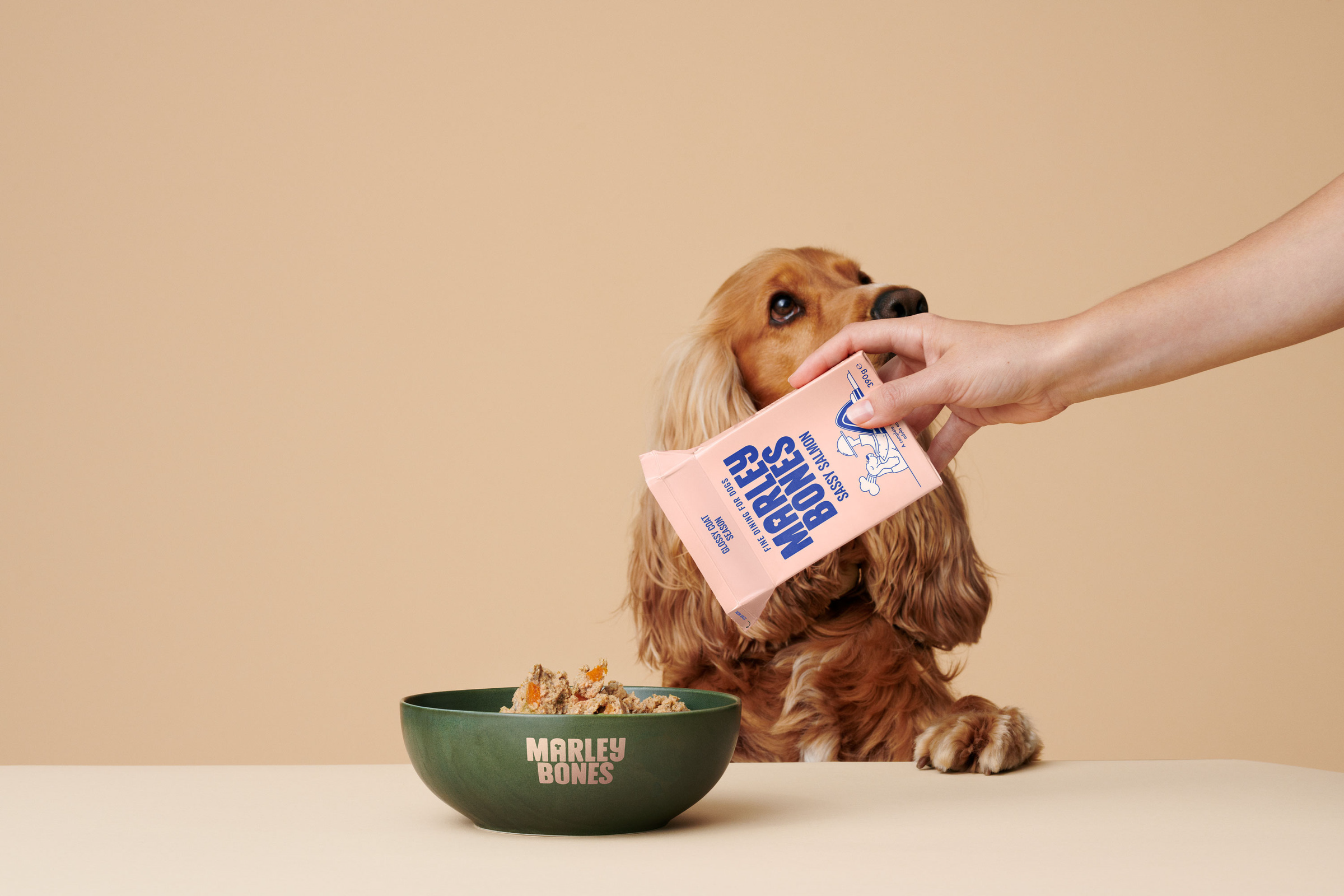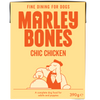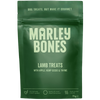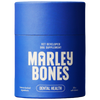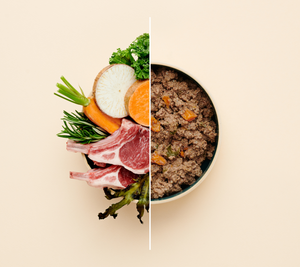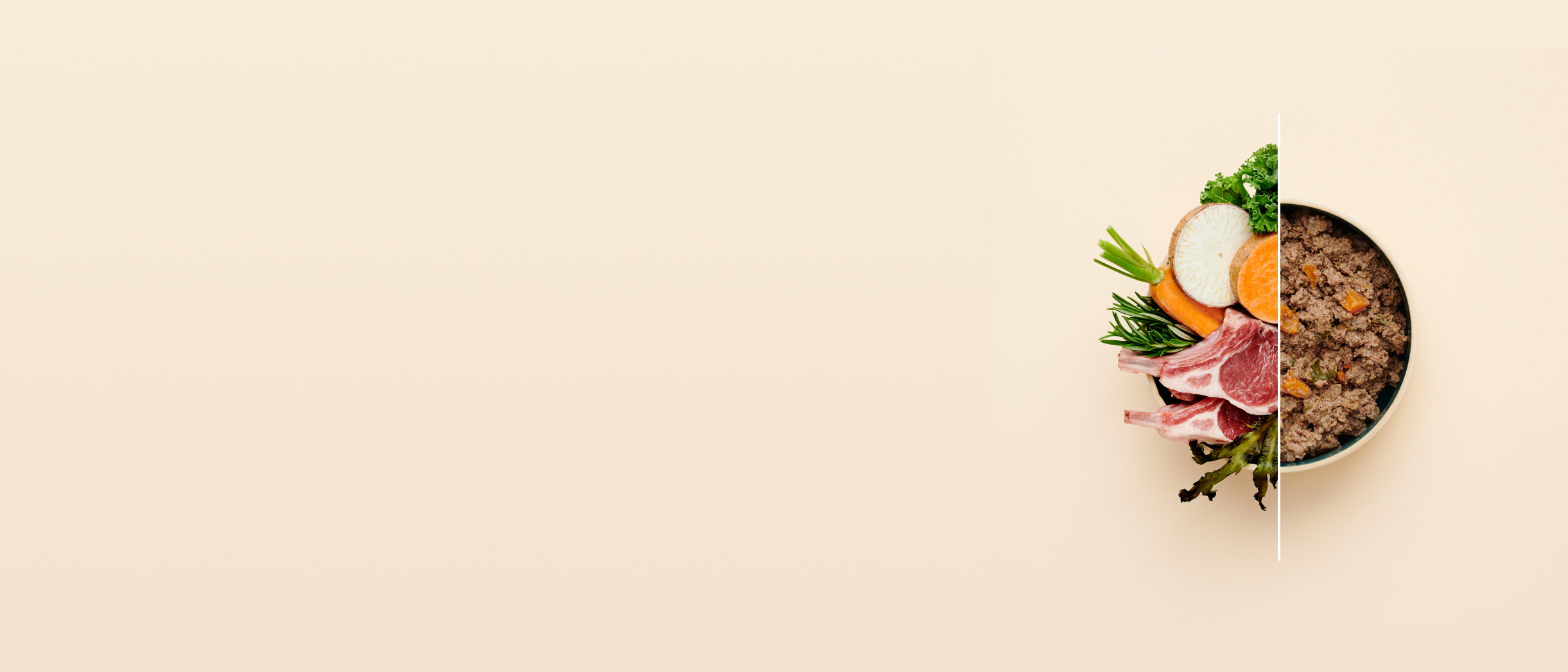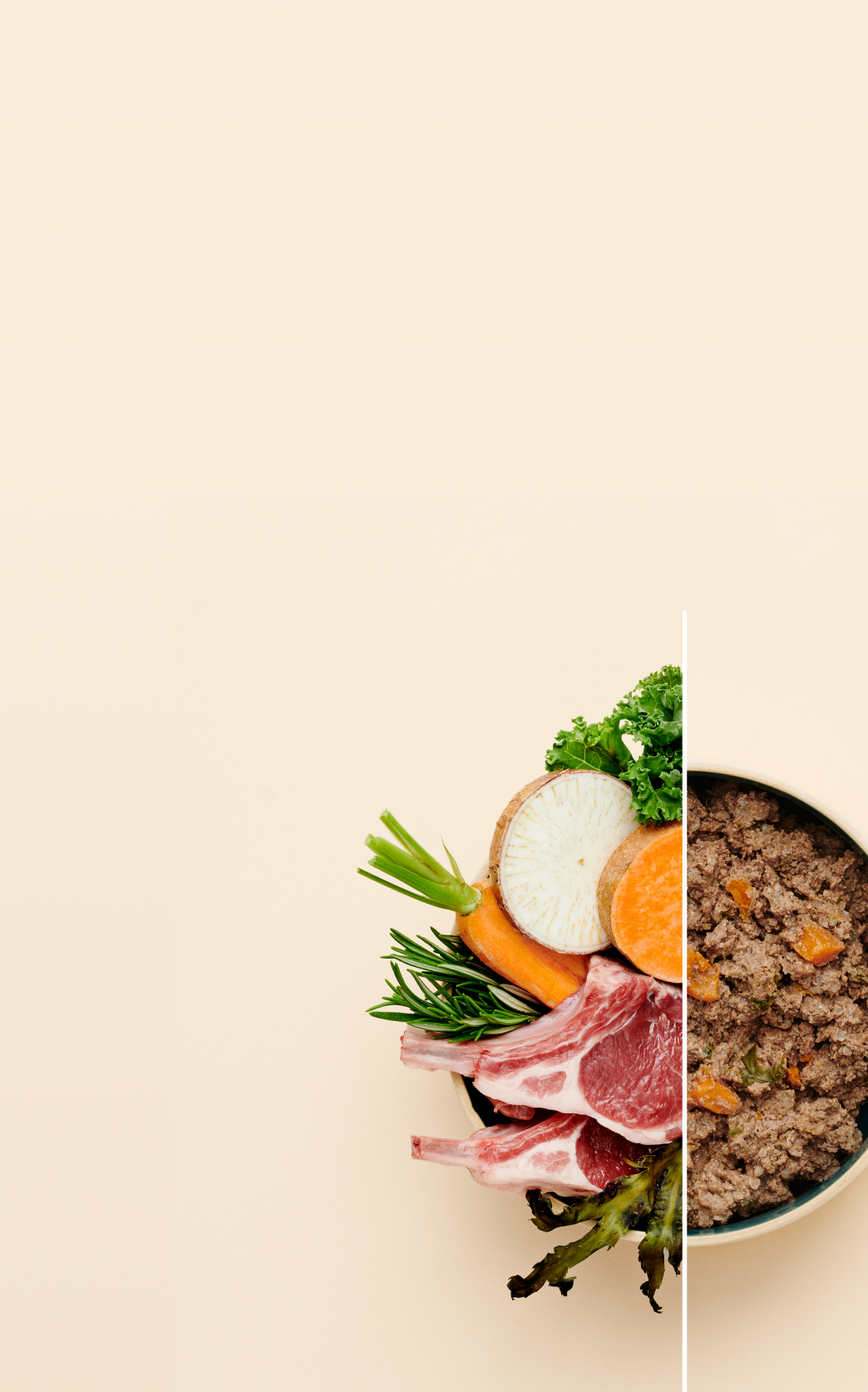Can My Dog Eat Salt? Understanding Sodium Needs and Risks in Canine Nutrition
"The dog must eat without salt, totally bland!" — how many times have we heard it repeated? Is it true, or just another nutritional urban legend?
There are countless myths about dog nutrition, but one of the most persistent is the belief that dogs must avoid salt (sodium chloride) entirely. So, can dogs eat salt? The answer lies in the science.
This article was written and reviewed by Dr. Davide Stefanutti, DVM, PhD, to help clarify one of the most enduring myths in pet nutrition.
The Birth of an Urban Legend
There is no scientific evidence to support the idea that dogs must completely avoid salt. Many websites list salt among foods that are "toxic" for dogs, citing the risk of hypernatremia, a dangerous condition caused by excessive salt intake. Hypernatremia can result in neurological symptoms, dehydration, or even death.
But as Paracelsus famously said, "the dose makes the poison." While too much salt is unquestionably harmful to any living being—including dogs and humans—a proper, controlled amount of sodium chloride is not only safe but necessary.
Sodium is essential for various physiological functions. It plays a crucial role in cellular hydration, nerve function, and muscle contractions. All living cells require sodium to maintain their internal balance and hydration. It’s found in all bodily fluids and is critical for life.

How Much Salt Do Dogs Need?
The appropriate amount of salt depends on the type of diet a dog is consuming:
- Commercial food: Reputable commercial dog foods already contain a calibrated amount of salt. In this case, additional salt is not only unnecessary—it could be harmful.
- Homemade meals: If you're preparing food at home, it’s vital to supplement the diet with essential vitamins and minerals to make it complete and balanced. Sodium chloride is one such mineral that must be included.
Recommended Salt Intake for Dogs
The current safe range of salt supplementation lies between 0.5 g and 3.5 g per 1,000 kcal of food. Because of the size variation among dogs, recommendations are based on calorie intake rather than body weight. To simplify: that’s roughly a small pinch of salt.
Too much salt can lead to gut inflammation, dysbiosis (disruption of the gut microbiome), and can exacerbate conditions like inflammatory bowel disease (IBD).
If you want to avoid kibble but don't have time to home-cook, consider a high-quality, flavoursome fresh food, like Marleybones, that’s formulated to be complete and balanced. These meals already include the correct amount of salt—no more, no less—so you don’t have to worry about supplementation.

Salt and Palatability
Have you ever tried a completely salt-free diet? It’s bland and unappetising—and dogs feel the same. Salt not only plays a nutritional role but also enhances the palatability of food.
A diet that includes a proper amount of sodium will not only meet your dog’s needs but will also make mealtime more enjoyable. However, if you are feeding a complete and balanced food, do not add extra salt.
When Salt Becomes Dangerous
Salt is only dangerous when consumed in excessive amounts. Overconsumption can result in hypernatremia, especially if a dog consumes salty snacks or drinks seawater.
Symptoms of Salt Intoxication in Dogs
- Vomiting and diarrhoea
- Abdominal bloating or pain
- Reduced appetite or refusal to eat
- Fever and general weakness
- Laboured breathing or heart rhythm changes
- Tremors, agitation, or lack of coordination
Dogs with kidney disease, heart issues, or high blood pressure are particularly vulnerable to excess salt and may need reduced sodium diets under veterinary supervision.
How Long Does Salt Poisoning Last?
The duration and severity of salt intoxication depend on the amount ingested and how quickly treatment begins. Recovery often involves:
- Veterinary intervention
- IV fluids to restore electrolyte balance
- Possible gastric lavage in extreme cases
In most cases, symptoms resolve in a few days with proper medical care. However, for dogs with underlying health issues, the risks are much higher.
The Final Woof
Salt is not the enemy—improper dosing is. A complete and balanced dog food will include just the right amount of sodium chloride to meet your dog’s needs. If you're feeding a homemade diet, speak with your vet about how to safely incorporate salt and other essential nutrients.
By understanding your dog’s sodium needs, you can ensure that their meals are not only safe and satisfying—but truly nourishing.


